Best West-Facing Window Plants
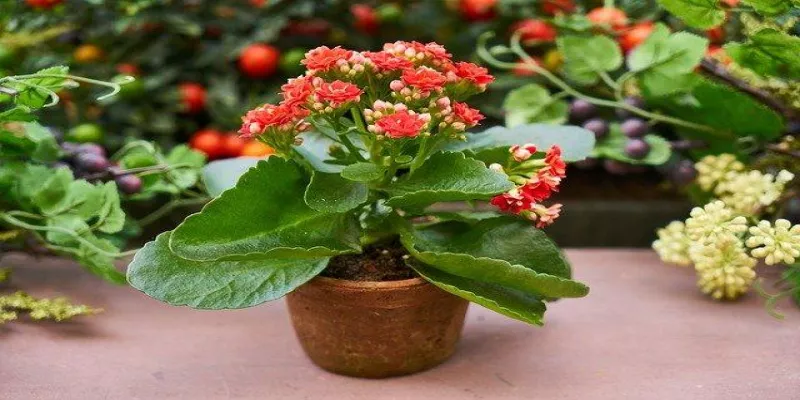
Choosing the right spot for your plant, or the right plant for your spot, is all about the light. To select the best west facing window plants, you need to understand the source, amount, and intensity of light. The number of hours of sunlight and the intensity of sunlight vary based on the direction of your window. This happens because Earth rotates on its axis and is also orbiting the sun. The North Pole is tilted toward the sun during the summer resulting in warmer temperatures and longer hours of sunlight.
Sunlight in a West Facing Window.
In the northern hemisphere, the sun rises in the east and sets in the west. You get direct sunlight through your west facing window in the afternoon and evening. The sunlight coming in a west facing window is not as intense as a south facing window because of the angle of the sun. Sciencing has a great article, Sun Intensity vs. Angle, that does a much better job of explaining this. If your window is northwest the light may be less intense, and southwest may be more intense.
Other Factors Affecting Light to Your West Facing Window Plants.
There may be trees, plants, buildings, or other structures that reduce the amount of light coming through your window. You also need to consider things obstructing the inside of your window such as blinds or curtains. Will you remember to raise your blinds every day for your plant? Do you have a sheer curtain you want to leave hanging all the time?
You can also enhance or supplement light in your house. Some people use a mirror to reflect the sunlight coming through your window and back toward your plant. White surfaces like a dresser or a cabinet reflect light as well. It's possible set up grow lights if you want to seriously increase the amount of light your plant gets.
What Are the Best West Facing Window Plants?
West facing windows get some direct afternoon sun. You also need to take account of the other factors affecting the light from your west facing window. You want to stick with plants that characterize their light requirements as “bright indirect light” or “moderate light.” The sun will not be shining directly through your west window all day, some of the day the plant will get indirect light.
Kalanchoe
Kalanchoes are incredibly diverse. There are several varieties that flower and the flowers come in many different colors. Some other popular varieties of this succulent include the flapjack (or paddle) plant and mother of a million (or thousand). I specifically put these on the list because I like to have at least one flowering option in my recommendations.
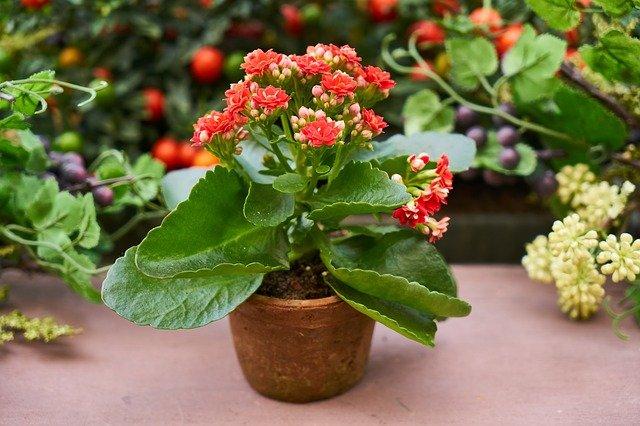
| Light | Water | Soil | Fertilizer |
| Moderate to bright indirect light. | Top inch should be dry before watering. | Well draining potting soil. | Every 2 weeks during the growing season. |
Kalanchoes stay relatively compact. Some varieties grow larger than others. I’ve seen some impressively big flapjack plants over two feet tall. Most varieties will stay at or less than one foot. Kalanchoes are slow growers and they are toxic to cats and dogs.
Ponytail Palm
Ponytail Palms are a neat-looking plant. They have a large bulbous trunk at the base topped with dainty green palm-like leaves. It almost looks like a cartoon to me, in a good way. Ponytail Palms are a great west-facing window plant. If you put one of these in your window, you might catch your guests touching it to see if it’s real.
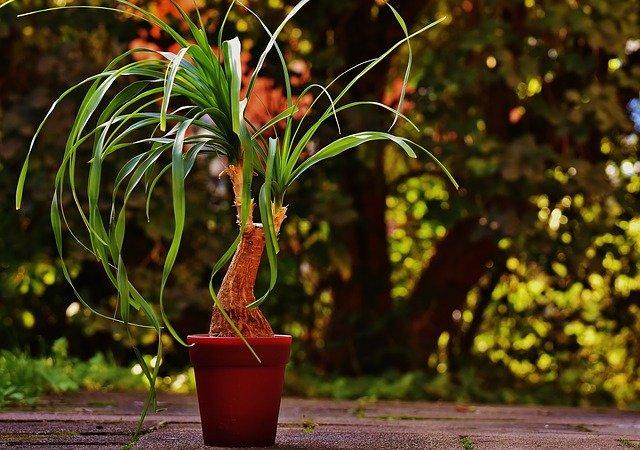
| Light | Water | Soil | Fertilizer |
| Bright to moderate direct light. | Let soil dry completely between waterings. | Well draining potting soil. | A few times per growing season. |
Ponytail palms can get up to six feet tall. That will take some serious time because these plants are slow growers. Most Ponytail Palms you find for sale will be around a foot tall. If you have pets, good news, this plant is not toxic to cats or dogs. I don’t recommend letting your pet feast on your plant though.
Monstera Deliciosa
Monstera Deliciosas, or swiss cheese plants, are extremely popular right now. That’s good if you want one because now they are very easy to find. My grocery store had some a few months back! This is a climbing plant and a relatively quick grower. Be prepared for your Monstera to take over your space. The leaves can get quite large and are known for their fenestration, the swiss cheese holes. If you're looking for large and leafy, the Monstera is one of the best west-facing window plants.
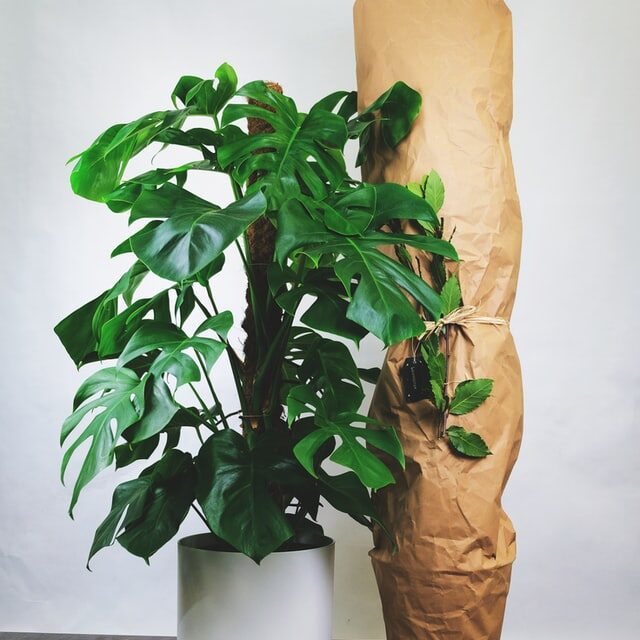
| Light | Water | Soil | Fertilizer |
| Moderate to bright indirect light. | Top inch should be dry before watering. | Well draining potting soil. | Monthly during the growing season. |
Monstera Deliciosas grow several feet tall. They like to climb, so make sure you have a moss pole or something in place to climb. These plants are toxic to cats and dogs. The sap, or liquid you see when breaking a stem or leaf, may be a mild skin irritant to some.
Norfolk Island Pine
Norfolk Island Pines are like droopy-looking pine trees. I’ve heard people say they look like a Dr. Seuss drawing. Home improvement stores sell these during the holidays because they kind of look like Christmas trees. Speaking of, if you’re reading this when I posted it, these guys should be marked down now that it’s after Christmas. This is a sign, go get one. I have had a Norfolk Island Pine in my collection for years. I love its unique look and like that it’s a slow grower. When you have a lot of plants keeping up with the pruning and repotting can become a chore. Having a big slow grower is nice for your collection.
| Light | Water | Soil | Fertilizer |
| Bright to moderate direct light. | Keep soil moist but not soggy. | Well draining potting soil. | Monthly during the growing season. |
Norfolk Island Pines can get very tall even indoors. I’ve seen some over seven feet. You’ll most likely find them between a foot and three feet tall at the store. They are toxic to cats and dogs.
Aloe Vera
Aloe Vera doesn’t need much of a description. I think everyone knows what it is. It's one of the best west-facing window plants because it can serve a dual purpose. It looks cool and it has other uses. The Nation Institute for Health has some background on uses for Aloe Vera, research on its effectiveness, and the safety of using Aloe Vera. It’s a popular houseplant and easy to find at garden stores and home improvement stores. I like these succulents because they’re very easy to care for, which makes them an excellent west-facing window plant.
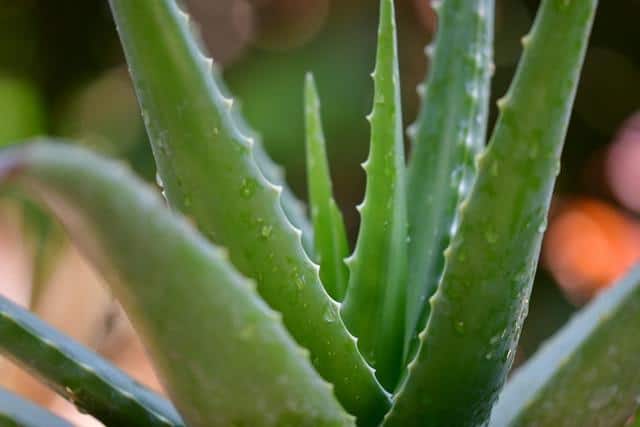
| Light | Water | Soil | Fertilizer |
| Bright to moderate direct light. | Let soil dry completely between waterings. | Well draining potting soil. | A few times per growing season. |
Aloe Vera can grow up to two feet tall and are moderate growers. They are toxic to cats and dogs.
Fiddle Leaf Fig
Fiddle Leaf Figs have become quite popular in the past few years. They can be grown as more of a bush, but the tree format seems to be what’s more common right now. The leaves are a nice green and they are shaped like fiddles, as you might have guessed. This is a great option if you’re looking to add a plant with some height to your west-facing window. Fiddle Leaf Figs are everywhere right now, so you won’t have difficulty finding one. Many home improvement stores stock them in multiple sizes. Prices reflect the size.
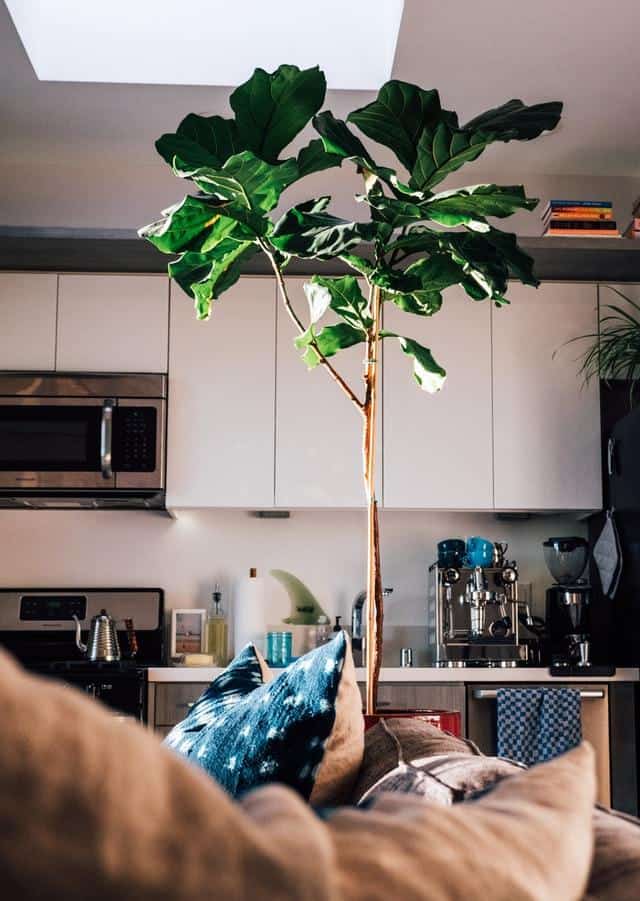
| Light | Water | Soil | Fertilizer |
| Bright indirect light. | Top inch should be dry before watering. | Well draining potting soil. | Monthly during the growing season. |
As mentioned earlier, these are often sold in a tree-like form and can grow several feet tall. These plants are slow growers. They are toxic to cats and dogs. The sap, or liquid you see when breaking a stem or leaf, may be a mild skin irritant to some.
Which house plants do you have thriving in your west-facing windows? Share in the comments. If you’re looking for plant recommendations for other window directions, check out my post on north-facing windows, east-facing windows, and south-facing windows.
Add new comment